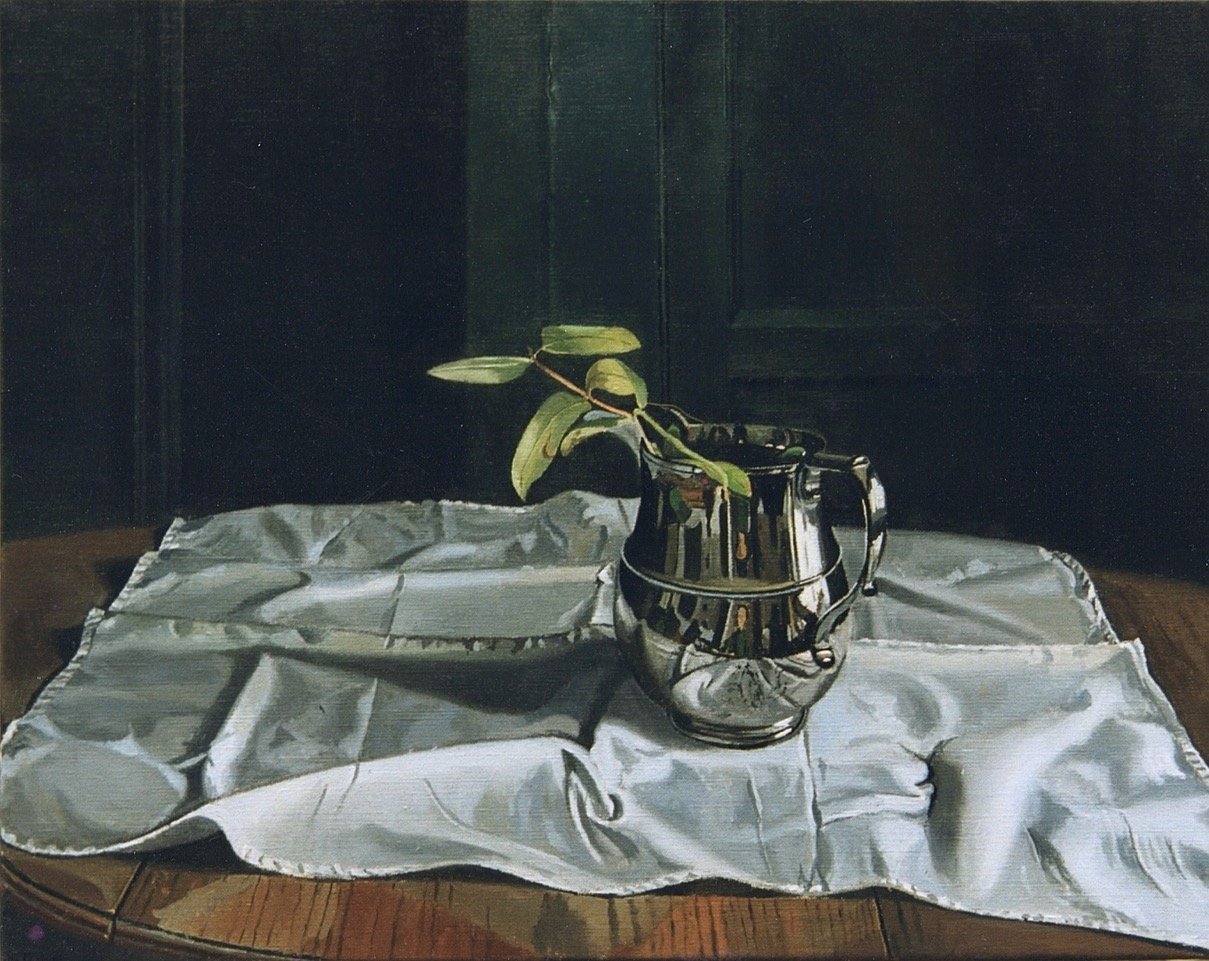Testimonials
THE ART OF EDWARD STONE by JOHN RUSSELL TAYLOR
EDWARD STONE paints what he sees. An elementary statement, no doubt but in his case everything in it is significant First, that he paints. The first impression his canvases creates one of extraordinary precision and clarity of detail. And yet. they are throughout extremely painterly. Though he is clearly a brilliant draughtsman - perhaps the only thing he has obviously in common with his father Reynolds Stone - there is never any sense in his atmospheric interiors, his cool, economical landscapes, that what we are looking at is a glorified drawing with colour applied. These are clearly paintings, conceived as such from the very start, and it should surprise no one familiar with Stone's work to learn that - perhaps the only thing he has in common with Francis Bacon - he very rarely does preparatory drawings, but simply sketches a rough outline guide to the composition directly on to the canvas, and from there on in it is all painting.
SECOND, that he paints what he sees. Though the paintings belong to a long and distinguished realist tradition, Stone's painter's vision takes nothing for granted. Occasionally a comparison may spring to Mind. Some of the uncluttered interiors - the dark ones of his cottage in England rather than the light-filled rooms of his house in Poitou - for a moment bring to mind the magical unpeopled rooms of the master Danish quietist Hammershoi. Some of the sober green-and-grey French river scenes suggest Corot. But there is never any sense that they are the product of anything but his own very personal viewpoint He has written: "I paint my own interiors because other people's are mostly too crowded. Crowded rooms do not suit me, as I like to paint everything in." As he creates his own world about him, so he creates pictures out of that world, and the two concepts become one, distinct but inextricable aspects of the one artist's life.
THIRD, he paints what he sees. That is to say, he responds directly to what is in front of his own eyes. There is not necessarily anything wrong in using photographs in the making of paintings, but the effect is subtly different The camera does not see things as the human eye does: it is less manoeuvrable, less able to see round the subject make automatic corrections. The effect of a painting made from a photograph is always somehow rigid. lacking in life: an effect which may be very suitable to something slightly surreal, intentionally removed from our ordinary, everyday experience. But that is not at all what Stone is after. He wants to invite as into his own world, with all its freshness and immediacy intact If he is going to play games with our responses, he still wants to do it in the same way that life does, with mirrors and reflections and cross-references (quite often paintings by him are seen hanging in the interiors he so lovingly evokes) that stop us in our tracks and make us look again. more closely. Fos THIS he needs no camera as an intermediary. The camera may have a sort of magic of its own. but it is not the painter's kind of magic - not this painter's. anyway. For him the world about him is a rare and timid animal, that has to be caught unawares, or tamed as the painter becomes a familiar part of it. The camera is widely believed to suck out the soul. Edward Stone's painting leaves it intact where it ought to be, at reality's heart.
JOHN RUSSELL TAYLOR
Art critic for The Times Autumn 1992
